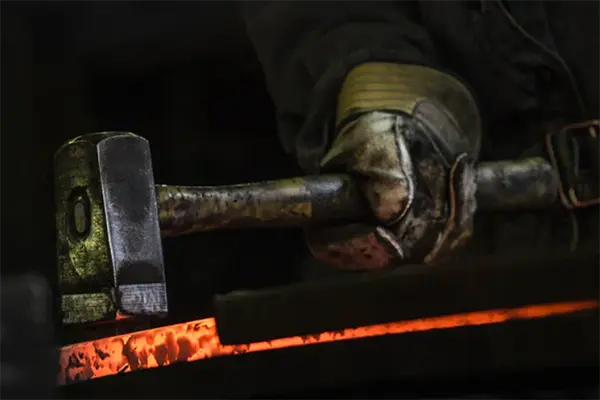The hammer, as a basic hand tool, has a history almost as old as human civilization. The hammer’s simple yet effective design has made it an essential part of man’s toolbox. This article will explore the development history of the hammer and the reasons for its formation.
Beginning of the Stone Age
The story of the hammer begins in the Stone Age, when humans used stones as tools to break or cut objects. The earliest “hammer” was probably a piece of stone or wood used to pound another stone to create flakes or stone tools. This primitive striking action marked the birth of the hammer as a tool.
The Revolution of Bronze and Iron
As humans learned to smelt metal, the development of hammers entered a new stage. The use of bronze and iron not only improves the durability of the tool, but also greatly improves work efficiency. People began to create hammers with metal heads and wooden or bone handles, which were stronger and capable of completing more complex tasks.
Medieval Advancement
By the Middle Ages, hammers became more diverse in design and use. Blacksmiths use heavy hammers to forge metal, while carpenters use light hammers for fine work. In addition, the hammer has also become a weapon and plays an important role on the battlefield.
The impetus of the industrial revolution
During the Industrial Revolution, with the rise of mass production, hammers began to undergo significant advancements in design and manufacturing. Mechanized production has made hammers more standardized and more affordable, thus spreading to a wider working class.
Diversity of modern hammers
Modern hammers come in many varieties, from compact bench hammers to heavy-duty steam hammers, each designed to meet specific needs. The material of the hammer’s head has also evolved from traditional steel to alloy steel and even more advanced materials to adapt to different working conditions.

Reasons for formation: Adaptability and functionality
The main reason why hammers have been widely used through the changes of the times is due to their excellent adaptability and functionality. The hammer’s simple design, ease of operation, and ability to perform multiple functions such as hammering, tearing, bending, etc. make it a versatile tool in the human tool box.
Conclusion
From the original stone to the modern precision tool, the development of the hammer is a testament to human wisdom and creativity. It is not only a tool, but also a symbol of the progress of human civilization. Future hammers may continue to evolve as technology evolves, but their core function and value—providing power and precision—will never change.
Post time: 04-19-2024





